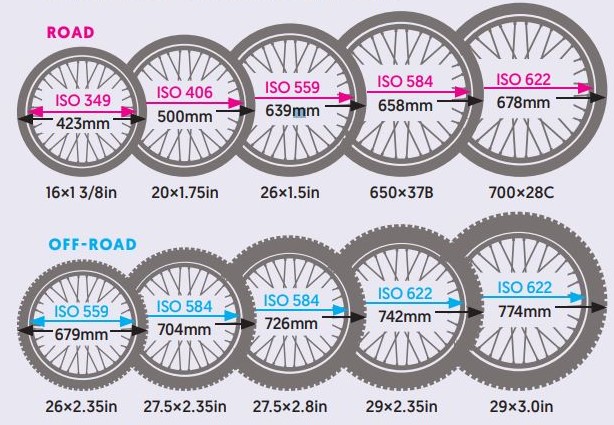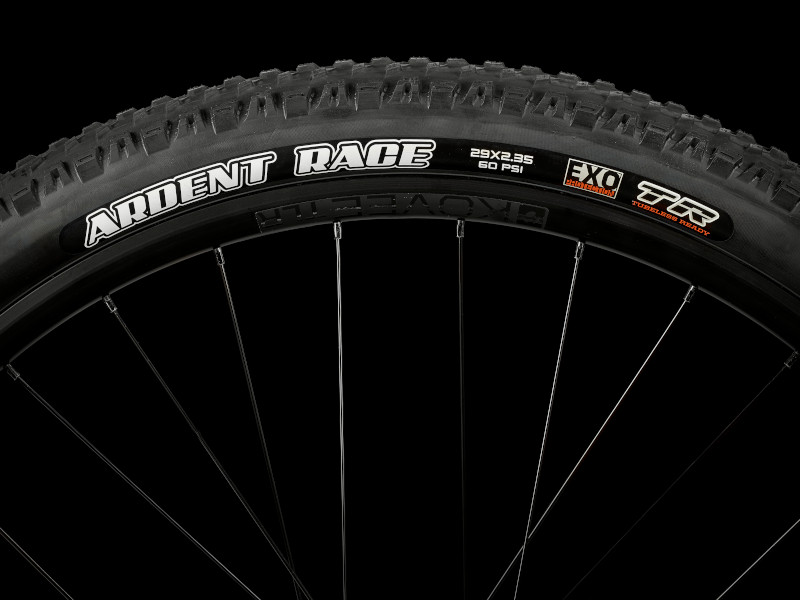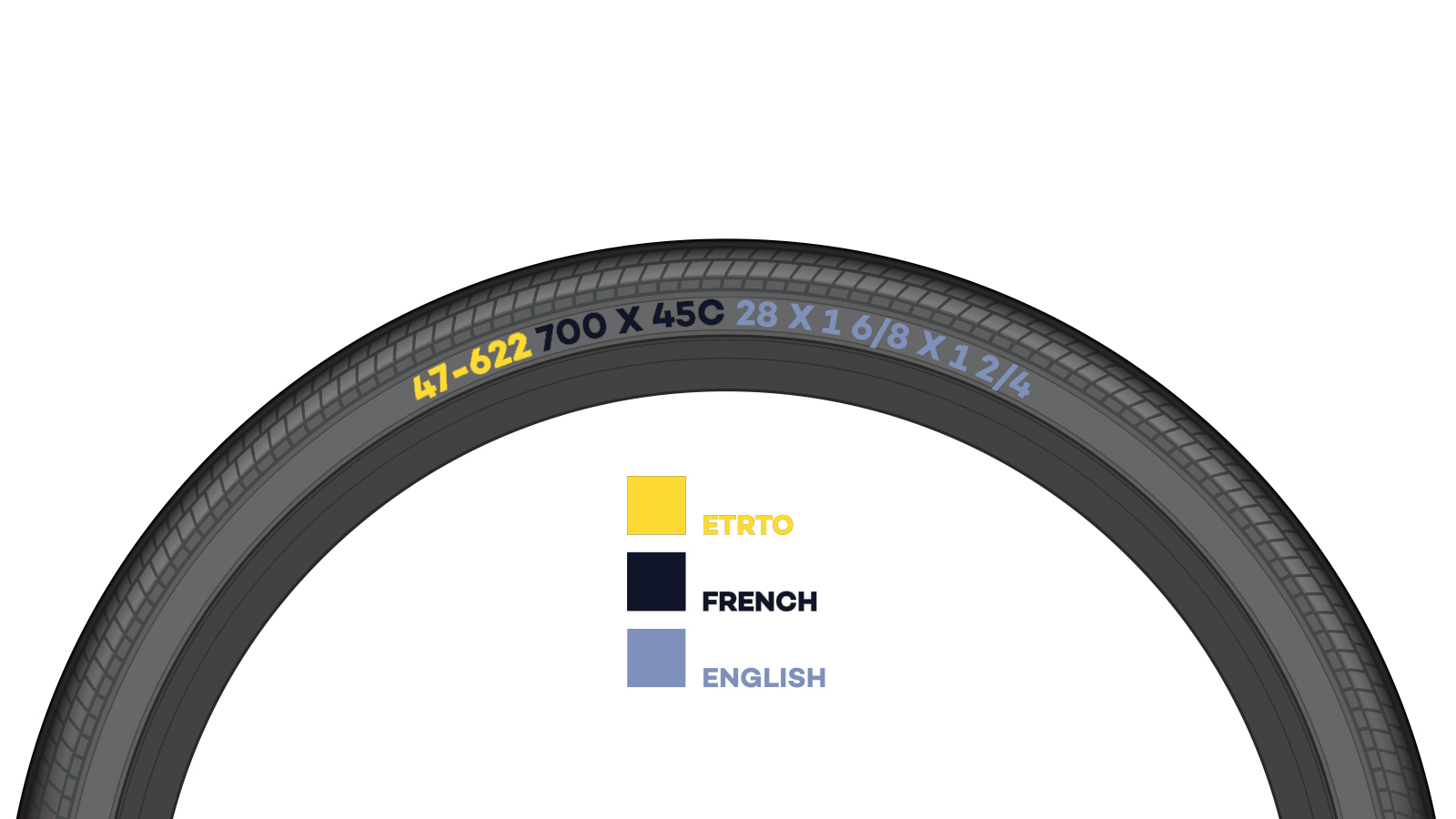Your bike tire size is usually printed on the sidewall of the tire. It appears as a set of numbers.
Choosing the correct bike tire size is crucial for safety and performance. The size typically includes the tire’s diameter and width. Common sizes are measured in inches or millimeters. For instance, a tire might be labeled as 26×1. 75, indicating a 26-inch diameter and 1.
75-inch width. Proper tire size ensures compatibility with your bike’s frame and rims. It also affects ride comfort and handling. Always check the manufacturer’s recommendations for your specific bike model.
Accurate tire size information can also be found in the bike’s user manual. By knowing your tire size, you can make informed decisions when purchasing replacements or upgrades.
The Importance Of Correct Bike Tire Size
Bike tire size affects speed and how easy it is to ride. Small tires may make the bike slow. Big tires may make the bike hard to pedal. Correct tire size helps you ride smoothly. It also helps save your energy.
Choosing the right tire size can improve your biking experience. It makes your bike perform better.
Correct tire size is important for safety. Wrong tire size can cause accidents. Small tires can slip. Big tires can get stuck. Proper tire size helps you stay safe while riding.
Make sure to check tire size before riding your bike. This keeps you safe and happy.

Credit: www.huffy.com
Decoding Tire Size Notations
The ISO system uses millimeters to measure tire sizes. ISO stands for International Organization for Standardization. A tire size like 700x23c means the tire is 700mm in diameter and 23mm wide. The ISO system helps to avoid confusion. People use it worldwide.
Traditional sizes use inches instead of millimeters. A common size is 26×1.75. This means the tire is 26 inches in diameter and 1.75 inches wide. Traditional sizes can vary by country. They might confuse new riders.
Always check both ISO and traditional sizes. This ensures you pick the right tire for your bike.
Measuring Your Bike Tire
To measure your bike tire, you need a few tools. A tape measure is essential. A caliper can also help. You might need a pen and paper for notes. Having all these tools makes the job easier.
First, place your bike on a flat surface. Make sure it is stable. Use the tape measure to measure the diameter of the tire. Write down the measurement.
Next, measure the width of the tire using the caliper. Note this measurement too. Double-check your measurements for accuracy. These steps help you find the correct tire size.
Types Of Bike Tires
Road bike tires are thin and smooth. They are designed for speed. These tires have less tread. This means they have less grip. They are best for paved roads. They come in sizes like 700x23c or 700x25c.
Mountain bike tires are wide and knobby. They are built for rough trails. These tires have deep treads. This gives them better grip. They are ideal for off-road use. Common sizes include 26-inch, 27.5-inch, and 29-inch.
Hybrid bike tires mix features of road and mountain bike tires. They have some tread but not too much. These tires are good for both paved and light off-road paths. Typical sizes include 700x35c or 700x40c.
Width Matters: How Tire Width Affects Riding
Tire width impacts riding comfort, grip, and speed. Narrow tires offer less rolling resistance, while wider tires enhance stability and cushioning. Understanding your bike tire size ensures optimal performance for your cycling needs.
Narrow Vs Wide Tires
Narrow tires are great for speed. They have less contact with the ground. This means they roll faster. They are perfect for smooth roads. But they can feel bumpy on rough paths.
Wide tires are good for comfort. They have more contact with the ground. This gives better grip and control. They are great for rough terrains. But they roll slower than narrow tires.
Terrain And Tire Width
Different terrains need different tires. Smooth roads are best for narrow tires. They help in riding fast and smooth. Rough terrains need wide tires. They give better grip and control. This helps in avoiding slips and falls.
Choosing the right tire width is important. It affects your riding experience. Always pick the right tire for your terrain.

Credit: www.cyclinguk.org
Tire Size Compatibility
Always match your tire size with the rim size. Using the wrong size can cause safety issues. Check the rim diameter before buying new tires. The tire width must fit the rim properly.
A too-wide tire can rub against the bike frame. A too-narrow tire can make the ride unstable. Measure the rim width to ensure a good fit.
Frame clearance is also important for tire size. Make sure there is enough space between the tire and the frame. A tire that is too big can rub against the frame.
This can damage both the tire and the frame. Measure the space to know the maximum tire size. Ensure there is enough room for the tire to move freely.
Reading The Sidewall: A Guide To Tire Markings
Tire pressure is very important. It affects how your bike rides. You can find the pressure rating on the sidewall of the tire. It is measured in PSI (pounds per square inch). Keeping the pressure within the recommended range ensures a smooth ride.
Too much pressure can cause a bumpy ride. Too little pressure can make the tire flat. Always check the pressure before you ride.
Bike tires come with different features and technologies. Some tires have puncture protection. This helps prevent flats. Others have special treads for better grip. Some tires are made for speed. Others are made for mountain trails.
Tubeless tires are also popular. They don’t have inner tubes. This can make them lighter. Knowing the features of your tire can help you choose the best one for your needs.
Troubleshooting Common Tire Sizing Issues
Inaccurate tire sizing can cause many problems. Your bike may not perform well. Sometimes, the tire might not fit at all. Always double-check the numbers on the tire and the bike frame.
These numbers should match. Check the tire width and diameter. Both need to be correct.
Seek help from a bike shop expert if you are unsure. They can measure the tire and bike for you. A professional can identify hidden issues.
Sometimes, the problem is not the tire. They can suggest the right size and type of tire. This ensures your bike rides smoothly.
Upgrading Your Tires: Tips For A Smooth Transition
Picking the correct tire size is very important. Check your bike’s manual for tire size. The size is usually on the side of the tire. Measure the tire’s diameter and width. Look for a tire that fits these measurements. Make sure the new tire matches your riding style.
For mountain bikes, choose wider tires. Road bikes need thinner tires. Consult a bike expert if unsure. The right tire makes your ride smoother and safer. Proper size ensures better control and stability.
First, remove the old tire carefully. Release the air from the tire. Use tire levers to take it off the rim. Clean the rim before putting the new tire. Check for any damage or sharp objects. Position the new tire correctly. Align it with the valve hole. Push one side of the tire into the rim.
Then, fit the other side. Inflate the tire slowly. Ensure it sits evenly on the rim. Check for any bulges or uneven spots. Recheck the air pressure. Make sure it matches the recommended level. Test the bike for a short ride. Ensure everything feels right.

Credit: www.sweetpetes.com
Maintenance And Care For Optimal Tire Life
Determining your bike tire size is crucial for proper maintenance and care. Correct tire size ensures optimal performance and longevity.
Regular Check-ups
Regularly check your bike tire pressure. Use a tire gauge to ensure accurate readings. Keep tires inflated to the recommended PSI. This helps to prevent flats and damage. Inspect tires for any cuts, punctures, or wear.
Replace tires if they show significant damage. Clean your tires to remove dirt and debris. Proper maintenance ensures longer tire life.
Proper Storage
Store your bike in a cool and dry place. Avoid direct sunlight as it can cause tire damage. Keep the bike elevated to prevent flat spots. Use a bike rack or hang it.
Avoid storing bikes near chemicals. Chemicals can degrade tire rubber. Keep tires away from sharp objects. Proper storage extends the life of your bike tires.
Frequently Asked Questions
How Can I Tell What Size My Bike Tires Are?
Check the tire sidewall for numbers like “700×25” or “26×2. 0”. These indicate tire diameter and width.
Is 28 Inch The Same As 700c?
Yes, 28 inch and 700C refer to the same wheel size. Both are used interchangeably in cycling.
What Does A 26 Inch Bike Mean?
A 26 inch bike refers to the diameter of its wheels. Suitable for both kids and adults, it offers good control.
What Size Bike Tire Do I Need For My Height?
Choose a bike tire size based on your height and inseam. Generally, 26″ for 4’10”-5’3″, 27. 5″ for 5’4″-5’10”, and 29″ for 5’11” and above. Always consult a size chart or expert.
How Do I Find My Bike Tire Size?
Check the sidewall of your tire. It shows the size, usually in a format like 700x25c or 26×2. 1.
Conclusion
Finding the right bike tire size is crucial for a smooth ride. Use the guidelines provided to measure accurately. This ensures safety and enhances performance.
Always refer to your bike manual for the best fit. Happy cycling and enjoy your rides with the perfect tire size!

Steven is a professional cyclist and his passion is cycling. He has been cycling for the last 6 years and he loves using bikes while outing as well. Based on his experiences with the different types of bikes; he is sharing his opinions about various bikes so that a beginner can start right away. Find him on Twitter @thecyclistguy Happy Biking.




Leave a Reply